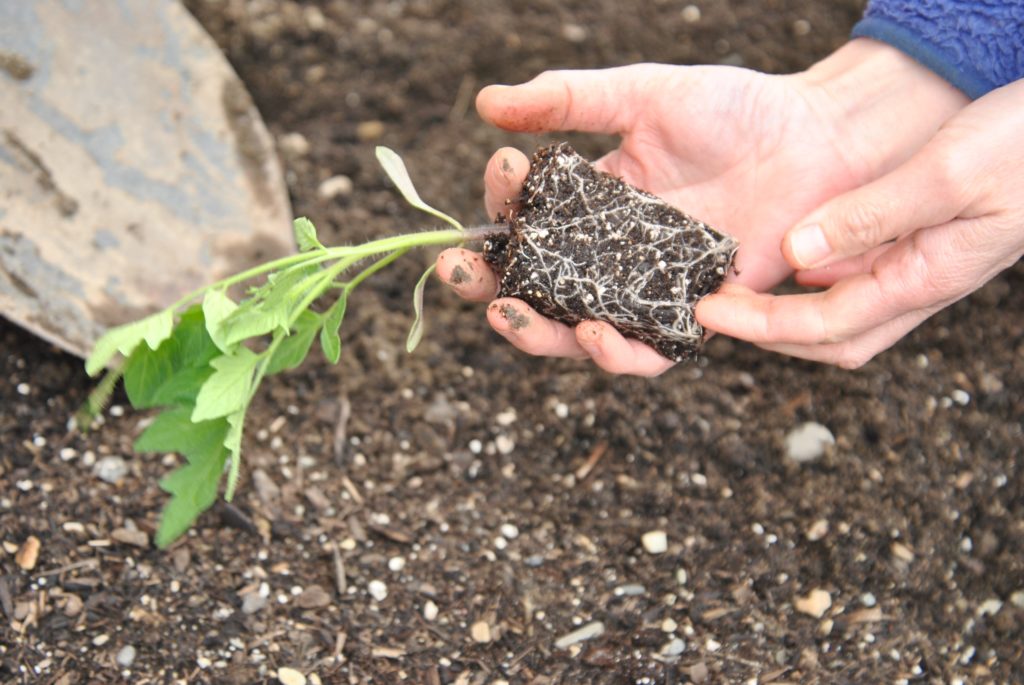Newly discovered plant growth proteins may save farmers in face of climate change

Scientists may have found a new way to promote crop growth in degrading agricultural conditions: by looking to the roots.
A new study conducted by the University of California at Riverside revealed that a protein — the mouthful “inflorescence and root apices receptor kinase,” or IRK, for short — in plants’ roots sends signals to other cells that influence whether or not roots grow.
“The root is kind of an interesting organ, but we don’t understand a lot about how roots grow, ” said Jaimie Van Norman, the study’s lead author and an assistant professor of plant sciences at University of California Riverside, “A lot of that is because they’re out of sight.”
Plants do not have “brains” in the traditional sense, but they are somehow able to make decisions about when and how they grow. Van Norman is interested in the way that happens, and saw IRK, first discovered in the early 2000s by a team in Japan, as an interesting opportunity.
“I was specifically looking for these kinds of proteins,” Van Norman said. “I’m interested in how cells talk to each other in plants [because] they don’t have a nervous system.”
Van Norman and her research team first attached a green fluorescent marker to the IRK to determine where it is found in the plant’s cells. Unlike many other proteins, which are housed on both the inside and outside the cell, only the outside of the root cells lit up with the IRK marker.
“The protein is only on one side of the cell,” Van Norman said. “It suggests the protein is positioned to receive information specifically from that direction. [In this case] it suggests that the information is coming from the outside.”
Once they knew where IRK was, the team edited the genome of some plants to “turn off” the protein and stop it from sending signals to other cells. Then, they watched the young roots of the two sample groups grow in a petri dish. The cells in the roots sans IRK multiplied quicker and grew bigger roots than their IRK-active counterparts.
“We think it’s job is to repress cell division,” Van Norman said. “When it’s missing, these cells divide irregularly.”
The researchers studied IRK in a relative of mustard, but they say that genes that encode for the protein are present in other crops as well (though Van Norman admitted they have not looked at “ancestral plants” like mosses).
The scientists can’t yet say exactly how IRK functions outside of the lab — for example, Van Norman said they do not yet know what turns IRK on or off — but the study suggests that IRK responds to environmental conditions to decide whether roots should grow.
“Plants can’t just leave the environment — they have to make do with what is there,” Van Norman explained. “Growth and the environment are tightly linked such that the plant can stop its growth in a negative environment, like winter in Maine.”
Next, Van Norman is hoping to understand whether bigger roots survive stress better.
“When we mutate IRK, the roots become wider,” Van Norman said. “We wonder if those roots are better able to take up water and nutrients — is bigger better, or is there some balance if you have those extra cells does it make you less good at doing the roots job?”
If IRK can be successfully modulated, Van Norman said farmers can control whether roots grow larger for potentially more productive plants, or smaller to keep weeds at bay or pause crop growth until a severe storm passes.
“In general, the study of roots and how they control growth in different environmental conditions is going to lead to dramatic crop improvement,” Van Norman said. “The soil environments are degrading. Farmland is degrading in quality. It’s getting saltier, it’s getting more nutrient deprived. We’re going to have to understand how roots grow so we can drive above-ground productivity in the future of agriculture.”
